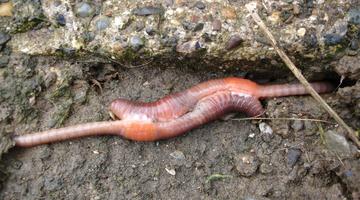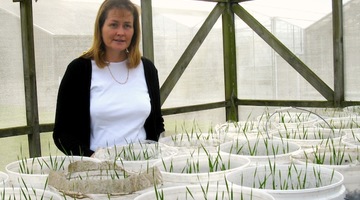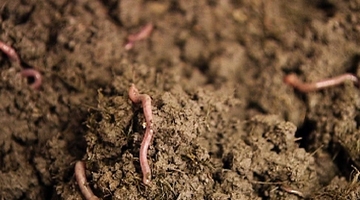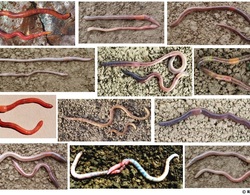

Earthworms are of interest to most children, are easily accessible and are an animal species easily kept in the classroom for short periods of time. This makes them ideal subjects for exploring ...
READ MORE

To most of us, one earthworm resembles another. Although earthworms do have common characteristics, species differ widely in their size, skin colour and in the roles they play in the soil ...
READ MORE

Here are links to Science Learning Hub resources for primary teachers related to life cycles in the Living World strand of the New Zealand Curriculum. Explore the life cycles of birds ...
READ MORE

Scientists conduct investigations for all kinds of reasons. They may want to explore new ideas, gather evidence or prove or disprove previous results. Although scientists must follow certain ...
READ MORE

When you look at the world around you, how do you categorise or group what you see? One of the broadest groupings is 'living' and 'non-living'. This may sound simple, but it is sometimes ...
READ MORE

Adaptation is an evolutionary process whereby an organism becomes increasingly well suited to living in a particular habitat. Natural selection results in helpful traits becoming more common in a ...
READ MORE

In this activity, students consider some of the ethical issues involved with keeping earthworms (and other animals) captive in a classroom setting. By the end of this activity, students should be ...
READ MORE

Challenge students to explore and observe kōwhai trees with a particular focus on the seeds. Initially, students may only notice the seed pods hanging from the kōwhai trees, but after some ...
READ MORE

Collecting kōwhai seeds from outside the classroom and then growing them inside breaks down the perception that learning only happens in the classroom. This activity will provide students with ...
READ MORE
Although earthworms are classified as animals, their bodies are quite different to animals that live above the ground. This video highlights some of the interesting physical characteristics ...
READ MORE
Researcher Erina Watene-Rawiri describes the life cycle of eels.
READ MORE
New Zealand has over 200 known species of earthworms. Most of these are natives and are found nowhere else in the world. Many of our native earthworms live in remote forest habitats so we don’t ...
READ MORE

Learn more about introduced and native earthworms in Aotearoa New Zealand. Use the Slideshow menu for further options, including view full screen, and go here for the download option.
READ MORE

The earthworm’s body is well adapted for life in the soil. Click on the labels to see images and learn more. Select the green button to see what’s on the inside of an earthworm. Go here to view ...
READ MORE

This slideshow, from the webinar Observology for the classroom, provides additional support for the video tutorial.
READ MORE